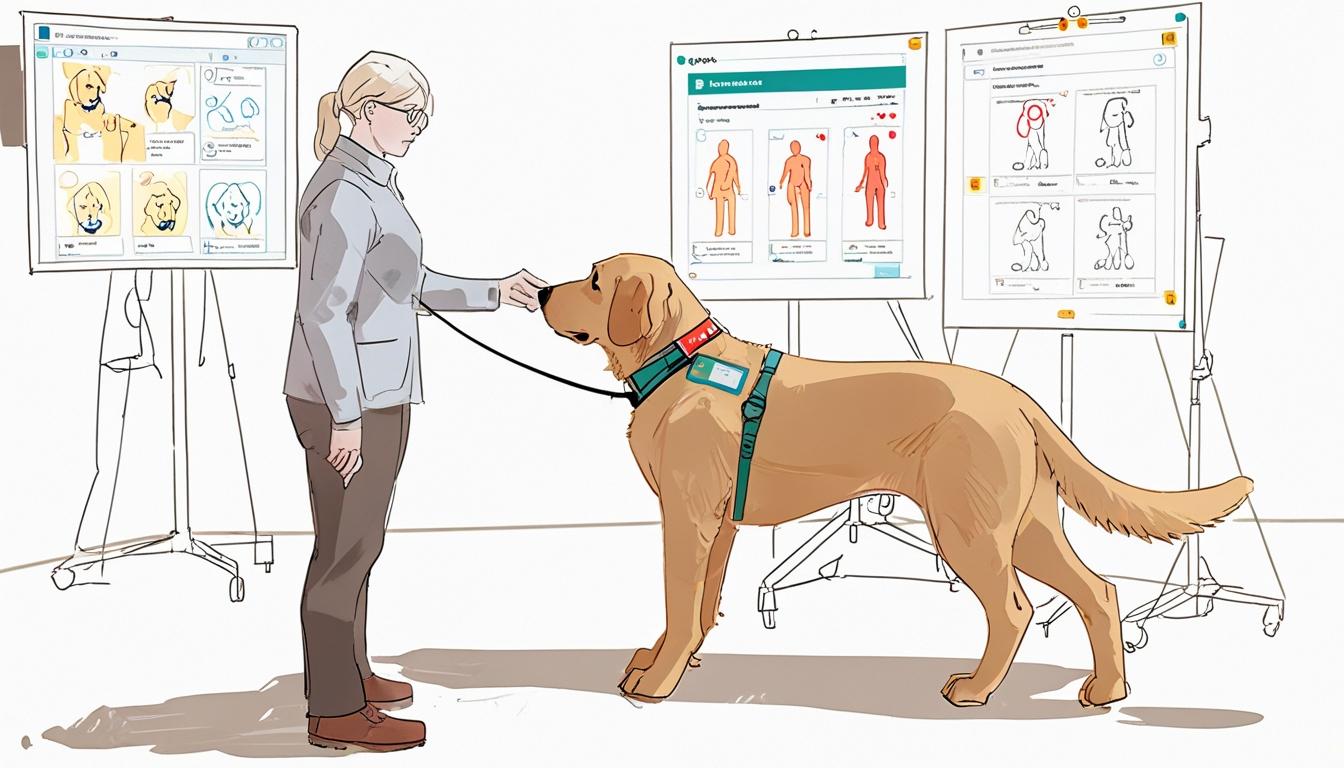A new research initiative at the University of East London is demonstrating how artificial intelligence (AI) can be used to improve the selection process for dogs destined to become guide or service animals. Led by Dr Mohammad Amirhosseini, Associate Professor in Computer Science and Digital Technologies, the study revealed that an AI model was able to predict a dog's suitability for assistance roles with 80% accuracy over the course of a year.
Dr Amirhosseini explained the significance of the development, saying, “One of the biggest challenges in assistance dog training is the emotional and financial cost of late-stage failure. This is more than a tech innovation – it’s a leap forward for animal welfare.” The traditional training process is arduous, with many dogs failing at advanced stages after significant time and resource investment. Reducing these late-stage failures could save both trainers and animals considerable distress.
The approach involved trainers who work closely with the dogs recording detailed behavioural observations at six and 12 months of age. These assessments form comprehensive snapshots of the dogs’ temperament, focus, and personality. The AI then analyses this behavioural data to identify early indicators of a dog’s potential as a guide or service animal, detecting subtle behavioural patterns that might elude even experienced human trainers.
The research team assembled an international group of canine experts, including members from The Seeing Eye, the oldest dog training centre globally, and Canine Companions, known for their appearance in the Netflix documentary Inside the Mind of a Dog. Their collaboration underscores the project’s ambition and the significance of AI’s role in this traditional sphere.
While concerns about AI often focus on its potential to replace human jobs, this study highlights its capacity to complement human expertise and enhance the welfare of animals and people alike. If AI can reliably identify promising candidates earlier in the training pipeline, it could transform dog training programmes by saving time, reducing financial costs, and preventing the heartbreak associated with dogs needing to be rehomed after failing to meet training criteria.
As Dr Amirhosseini noted, AI’s ability to discern patterns “even seasoned dog trainers miss” suggests it will soon become a valuable tool in the field of animal training, offering new possibilities for improving the efficiency and outcomes of guide and service dog selection.
Source: Noah Wire Services
